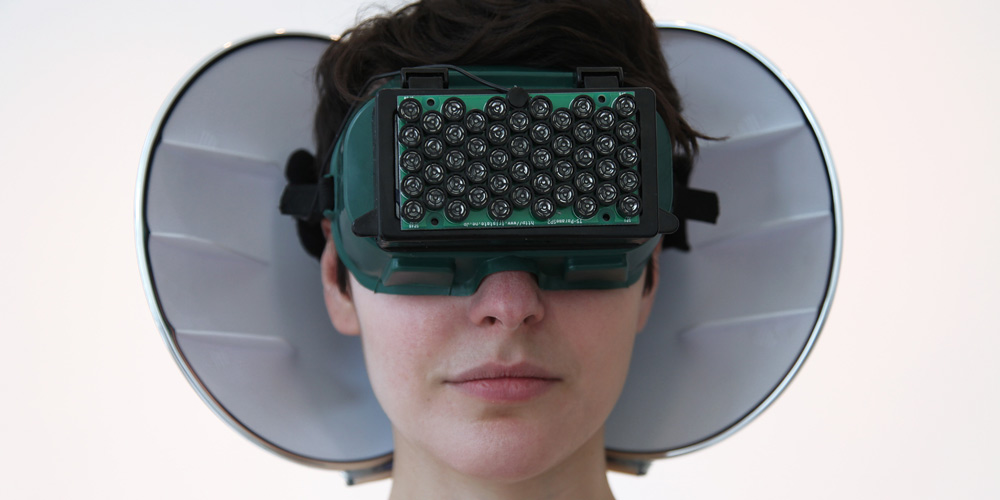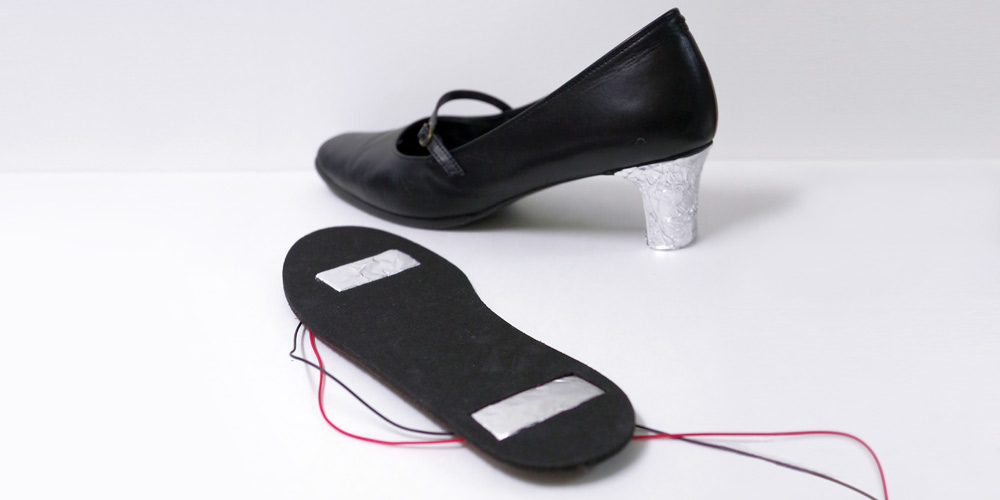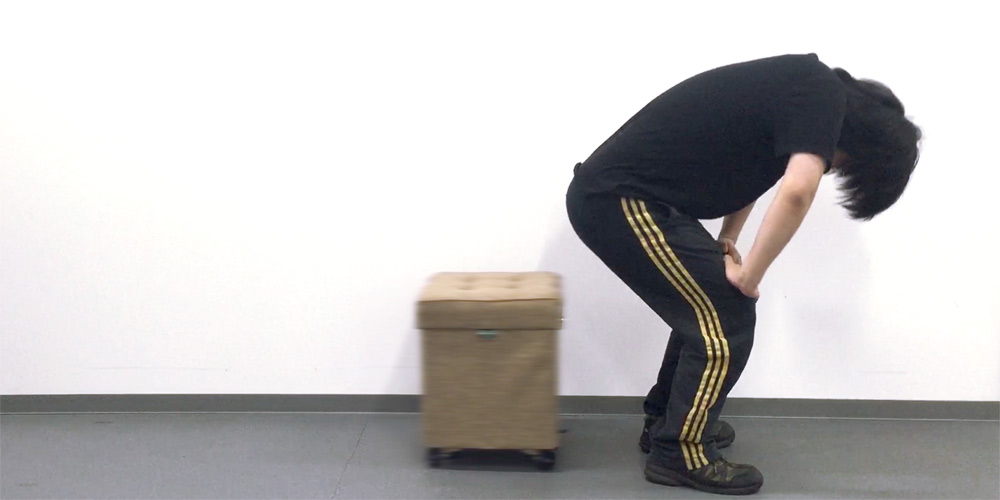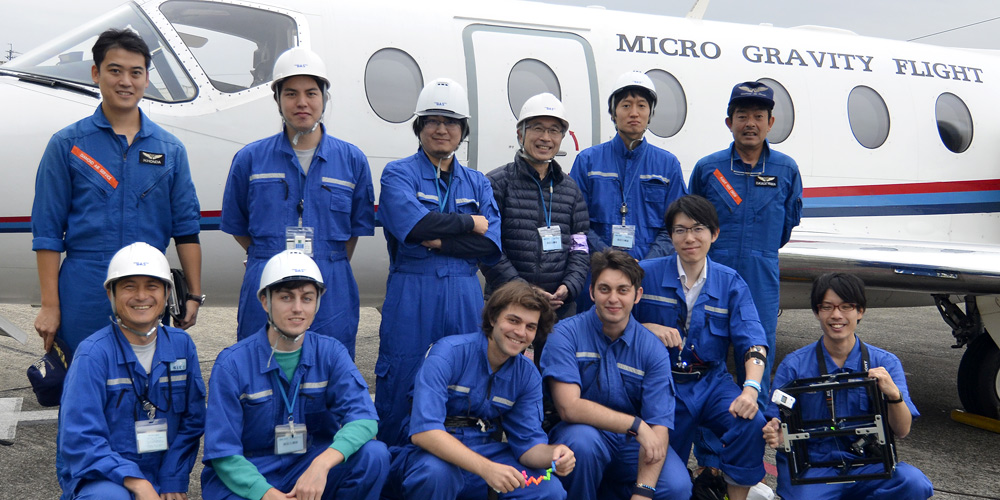
Credit: Aisen Caro Chacin
University of Tsukuba (JP)
Future societies are expected to demand engineering systems capable of improving the quality of life in terms of safety, convenience, a sense of fulfillment, and so on.
To this end, this program establishes “Empowerment Informatics” as a new branch of informatics that supplements and extends human functions and enables technology to work in harmony with people.
Credits
Curator: Aki Yamada
http://www.emp.tsukuba.ac.jp/
Walkaholic
Minatsu Sugimoto (JP)

Walkaholic is a system that turns people into world-changing power generators. Walkaholic proposes a wearable harvesting interface, attachable at the ankle, which also stimulates walking. If everyone starts to generate energy by natural behavior such as walking it could be earth-shattering.
Escaping Chair
Minatsu Sugimoto (JP)

The Escaping Chair is a furniture shaped device that tries to escape from people nearby in order to prevent them from sitting down. Although this device is a machine with a simple function, without any will, we expect that the user will feel a semblance of will in the device through their interaction with it, and treat it as another “person”.
Takeshi Oozu, Aki Yamada, Hiroo Iwata
Life in the Space Age: Experiments of Art and Technology in Zero-G
Alberto Boem (IT)

In 2016 the Zero-G art project was launched to investigate possible creative scenarios about human life in outer space. Eight experiments that have been performed during a parabolic (zero-gravity) flight are presented. Through this project, the group aims to open space research to the society by showing its creative potential.
Artist group: Prof. Takuro Osaka (coordinator), Alberto Boem, John Brumley, Karlos Ishac, Jun Nishida, Takeshi Oozu, Rintaro Takashima, Hikaru Takatori, Tadayuki Tone
Supported by Japan Space Forum, Diamond Air Service Japan, JAXA—Japan Aerospace Exploration Agency
Echolocation Headphones
Aisen Caro Chacin (US/ES/VE)

The Echolocation Headphones are a pair of blinding goggles that emit a focused sound beam aiding spatial navigation by acoustic reflection. The directional sound coming from the headphones gives the user an audible focal point of reflection, similar to the focal point of vision.
Supported by EMP

